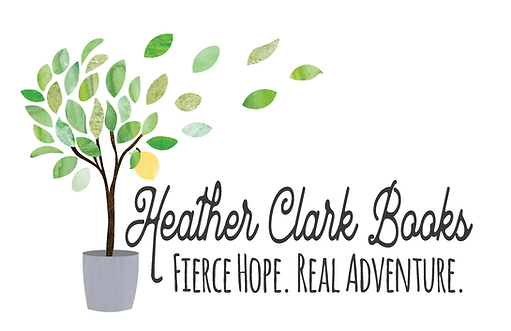Part Two of Three: The Mechanics of Desire–Controlling Belief and Announced Strategy
- Heather Clark

- Jan 27, 2014
- 3 min read
Updated: Feb 10, 2022

You can read part one of this series here. It addresses the character’s emotional and concrete desire lines.
CONTROLLING BELIEF:
A controlling belief is what your character believes he or she needs to do in order to meet his or her emotional needs.
Especially when you’re writing about/for children, and even teens, the thing he or she believes they need to do can be completely random, because young people have little to no power to meet their emotional needs. It does not have to be rational, and it does not have to be correct. It is often a key point of character growth when they realize something mistaken in this core belief, and grow or change at the climax of the story.
What does your character begin to believe that he or she can do in order to solve his or her problems?
An example that Martine gave, from a book whose title she didn’t remember:
A young girl protagonist whose father is away at war, believes that the odds would be more in her favor of her father coming home if her dog died, because the universe wouldn’t be that cruel to take the father of a little girl whose dog was dead. In this book, this girl believed that she needed to kill her dog in order to get her father home safely. She spends time convincing herself that she doesn’t even like the dog, plots to kill the dog.
In Lord of The Rings, Frodo’s emotional need is for safety and security, and his concrete desire is to save the Shire. His controlling belief is that he must destroy the ring in order to overcome the powers of evil, and return to his safe, peaceful life in the Shire.
Your character’s controlling belief should carry us through from the beginning of the story to the climax. We should know this belief within the first few chapters. It fits in with the announced strategy, which I’ll talk about next.
ANNOUNCED STRATEGY:
If controlling belief is what a character believes he or she can do to fulfill his or her emotional needs, announced strategy is when your character tells us what he or she will specifically do to fix it. (What will your character be physically be doing to make their controlling belief a reality?)
What specific plans would the little girl with the dog make to kill the dog? Would she buy poison? Would she build toward a specific set of circumstances on a specific day when she will do him in?
Your announced strategy should be revealed fairly soon—within the first fifty pages if possible. Once your character says what they are going to do to follow their controlling belief and fulfill their emotional and concrete desires, the reader is committed to reading to find out if they will be able to succeed.
This gives your character a reason to move and act. It gives them motivation in every scene, in every conversation. We then know what this character wants more than anything, and what they are committed to do.
The announced strategy may change as the character moves through the story. The character may have several “try-fail” cycles, and have to adjust their plans.
My main character in my current work in progress (WIP) is a pregnant teenage girl whose mother kicks her out when she refuses to have an abortion.
Emotional need: love and family
Concrete desire: to keep her baby, to fulfill her need for love
Controlling belief: If she doesn’t keep this baby, nothing else can ever fill her need for love.
She will be entirely alone, and without family.
Announced Strategy: In chapter two, Tessa makes a list on a yellow legal pad of her options for finding somewhere to stay so that she can keep this baby. It includes the women’s shelter, foster care, her lost aunt Nancy in Kansas, the baby’s father. Throughout the novel, Tessa keeps this list with her as she tries out different options, and runs out of resources.
In two weeks, the final installment of this blog series will discuss:
1. Obstacles
2. Stakes
Take a character, give them a strong enough desire, a strong enough controlling belief, and an announced strategy. Make them want it so badly we hurt for them, and then give them huge stakes, and insurmountable obstacles. This is where we get a beautiful story. This is where we have readers breathless over the tension and conflict in our stories. It’s what keeps me coming back to the laptop day after day.





Comments